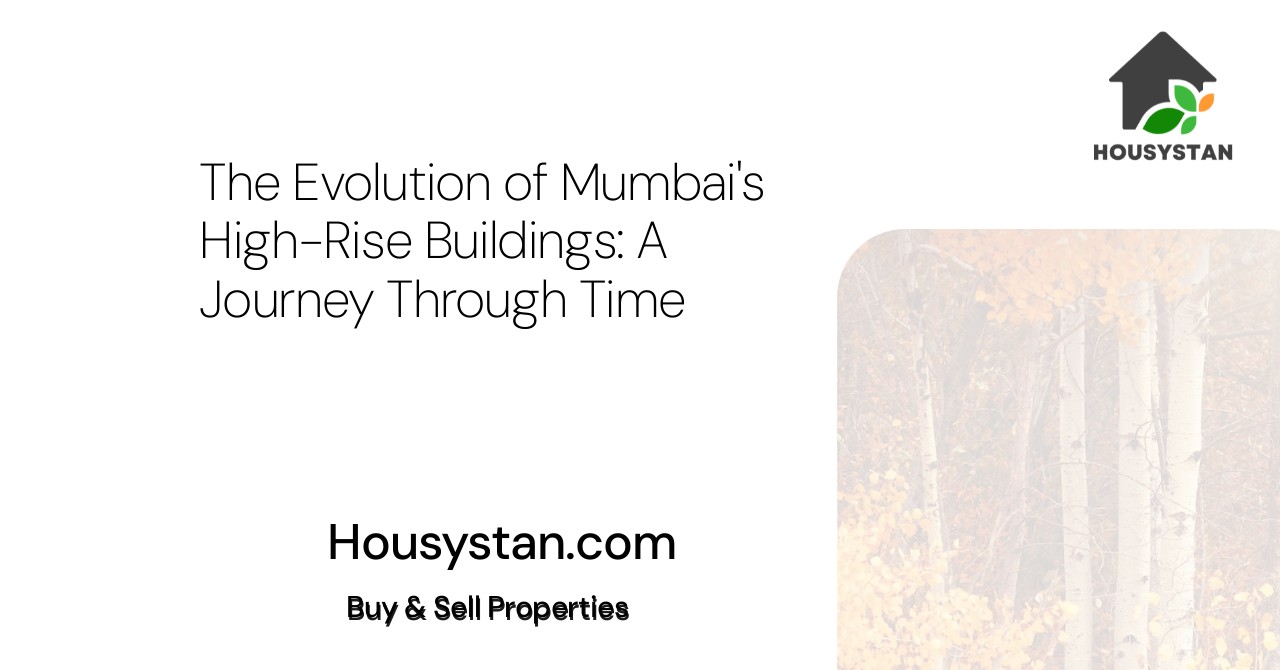The Evolution of Mumbai's High-Rise Buildings: A Journey Through Time
Read latest blogs and articles from Housystan

The Information mentioned here was last updated on:
14/12/2025Mumbai, known as the financial capital of India, has witnessed a dramatic transformation in its skyline over the decades. The evolution of Mumbai's high-rise buildings reflects not only the city's economic growth but also its adaptability and innovative spirit. From colonial-era structures to modern skyscrapers, each phase of architectural development tells a unique story of progress and ambition. Today, Mumbai stands tall as a testament to urban advancement, with its soaring towers and iconic landmarks shaping the city’s identity.
In the early 20th century, Mumbai's landscape was dominated by low-rise buildings, colonial mansions, and art deco masterpieces. As the city’s population surged, the demand for residential and commercial spaces led to the emergence of mid-rise structures. The 1970s marked a significant shift, as technological advancements and improved construction materials paved the way for the construction of the first high-rise complexes. These buildings not only optimized limited land but also introduced Mumbai residents to a new standard of living.
The 21st century ushered in a new era for Mumbai’s real estate sector. Modern high-rise buildings, equipped with state-of-the-art amenities and sustainable features, began to dot the skyline. Areas like Worli, Lower Parel, and Bandra have become hubs for luxury skyscrapers, attracting investors and homebuyers from across the globe. These neighborhoods now boast some of the tallest residential and commercial towers in India, offering panoramic views of the Arabian Sea and the vibrant city below.
- Verified Tenants/Buyers
- Unlimited Property Listing
- Zero subscription/charges fee
The rise of high-rise buildings in Mumbai is also a response to the city’s geographic constraints. With limited land and a rapidly growing population, vertical development remains the most efficient solution. Mumbai’s high-rises are designed to withstand coastal weather conditions and seismic activity, ensuring safety and resilience. These advancements have set new benchmarks in urban planning and architecture, making Mumbai a model for metropolitan development worldwide.
In conclusion, the journey of Mumbai’s high-rise buildings is a reflection of the city’s relentless pursuit of progress. From historic structures to contemporary marvels, the city’s architectural evolution continues to inspire innovation and growth. As Mumbai looks toward the future, its skyline will remain a symbol of aspiration, resilience, and boundless opportunity.